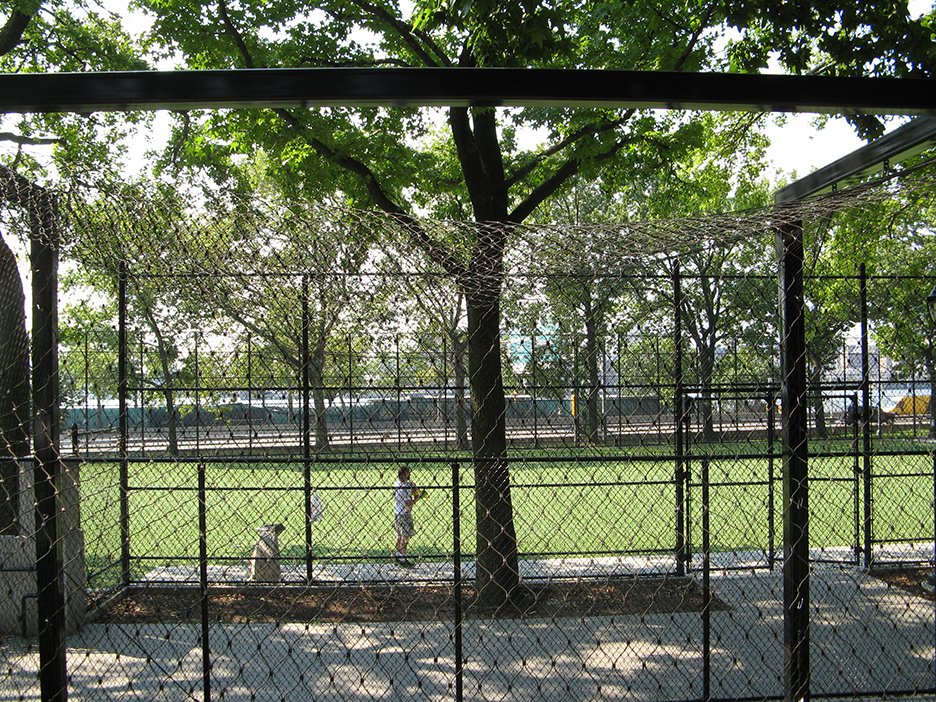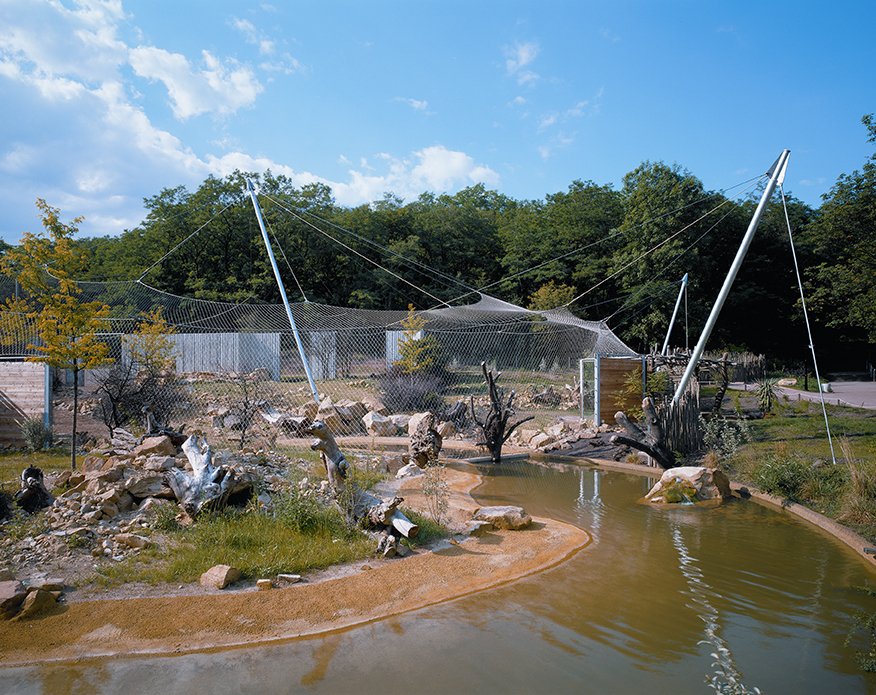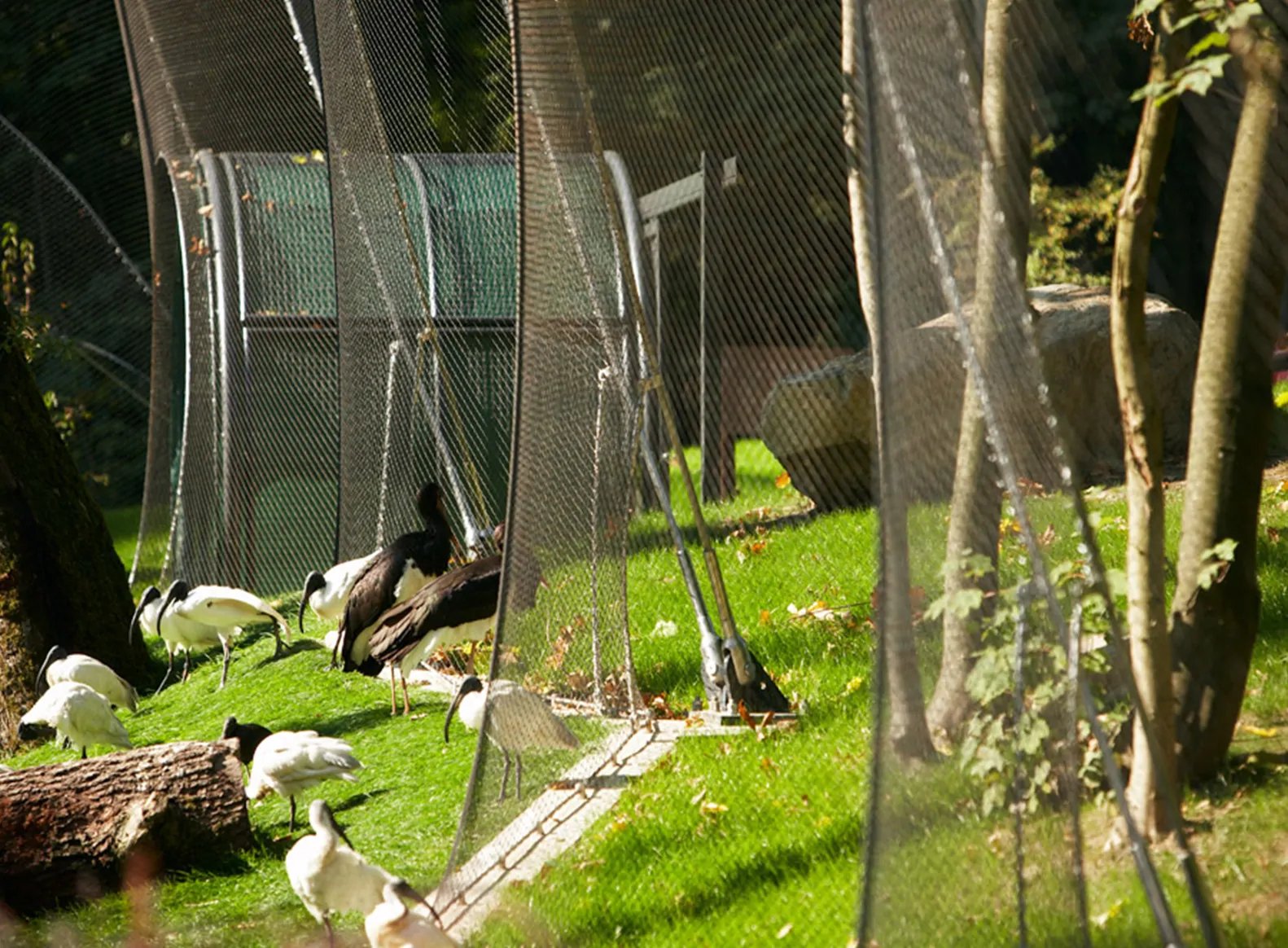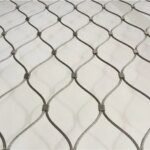» Blog » Animal Enclosures: Comfortable Environment for Animals
Animal Enclosures: Comfortable Environment for Animals
March 28, 2024
An animal enclosure is a designated space designed to house and protect animals, providing them with a secure, comfortable, and stimulating environment. Enclosures vary in size, shape, and design, depending on the type of animals they house and their specific needs. Animal enclosures are essential for managing animals in various settings, from farms and zoos to wildlife rehabilitation centers and sanctuaries.
Whether you own a farm, a zoo enclosure, or are simply an animal lover, providing a safe and clean environment for animals is crucial. Animal enclosures ensure the safety and well-being of animals while making it easier for their caretakers to manage them. This article will explore how to build, clean, and maintain an animal enclosure, and provide an understanding of the importance of these enclosures.

How to Build an Animal Enclosure
- Assess your needs: Determine the purpose of the enclosure, the type and number of animals it will house, and the space available. Consider the animals’ needs, including room to roam, shelter, and access to food and water.
- Research local regulations: Check with your local authorities regarding permits, zoning regulations, and any specific guidelines for building animal enclosures.
- Choose the right materials: Select durable, non-toxic materials that can withstand the elements and are safe for the animals. Consider using chain link, wood, or metal, depending on the type of enclosure and animals involved.
- Plan the layout: Design the enclosure with the animals’ needs in mind, ensuring ample space for movement, feeding, sleeping, and socializing. Include a shaded area for protection from the sun and a sheltered area for protection from rain and wind.
- Construct the enclosure: Begin by setting up the perimeter, followed by internal partitions if needed. Install gates or doors for easy access, and ensure that all openings are secure to prevent escape or intrusion.
- Add necessary amenities: Equip the enclosure with food and water sources, bedding or sleeping areas, and any necessary enrichment items, such as toys, climbing structures, or hiding spots.
`
How to Clean an Animal Enclosure
- Remove the animals: Temporarily relocate the animals to a safe and secure area while you clean the enclosure.
- Remove debris and waste: Collect and dispose of any waste, leftover food, and other debris from the enclosure.
- Clean surfaces: Scrub and sanitize all surfaces, including walls, floors, and any furnishings or enrichment items. Use non-toxic, animal-safe cleaning products to prevent harm to the animals.
- Rinse and dry: Thoroughly rinse all surfaces with water, then allow the enclosure to air dry or use clean towels to remove excess moisture.
- Replace bedding and amenities: Add fresh bedding or substrate and replenish food and water sources. Ensure all enrichment items are clean and in good condition before returning them to the enclosure.
- Return the animals: Once the enclosure is clean and dry, return the animals to their home.

Maintain an Animal Enclosure
- Regular inspections: Routinely check the enclosure for signs of wear, damage, or potential hazards. Address any issues promptly to ensure the continued safety and well-being of the animals.
- Frequent cleaning: Establish a cleaning schedule based on the type of animals and the enclosure’s size. Regular cleaning helps prevent the buildup of waste, bacteria, and parasites, contributing to a healthier environment.
- Monitor the animals: Observe the animals regularly for any signs of illness, injury, or stress. Promptly address any concerns to maintain their well-being.
- Provide enrichment: Regularly update and rotate enrichment items to keep the animals engaged and stimulated.

Conclusion
Building , cleaning, and maintaining animal enclosures are crucial tasks for anyone responsible for the care and well-being of animals. By carefully planning the construction, regularly cleaning the space, and performing routine maintenance, you can ensure a safe, comfortable, and stimulating environment for the animals in your care. Remember to always prioritize the needs of the animals and consult with experts or local authorities when necessary. By doing so, you will create a space that not only keeps the animals safe and healthy but also allows them to thrive and live a fulfilling life.




 Return Policy
Return Policy Stainless Steel Cable Inter-Woven Mesh is the Perfect Choice
Stainless Steel Cable Inter-Woven Mesh is the Perfect Choice Stainless Steel Cable Opened Ferrule Mesh
Stainless Steel Cable Opened Ferrule Mesh Zoo Mesh: Enhancing Safety and Well-being in Zoological Parks
Zoo Mesh: Enhancing Safety and Well-being in Zoological Parks Zoo Mesh: The Key to Safe and Engaging Animal Enclosures
Zoo Mesh: The Key to Safe and Engaging Animal Enclosures